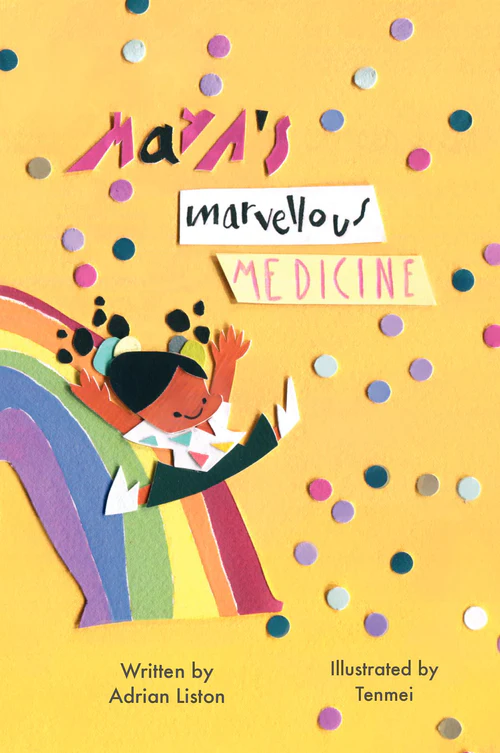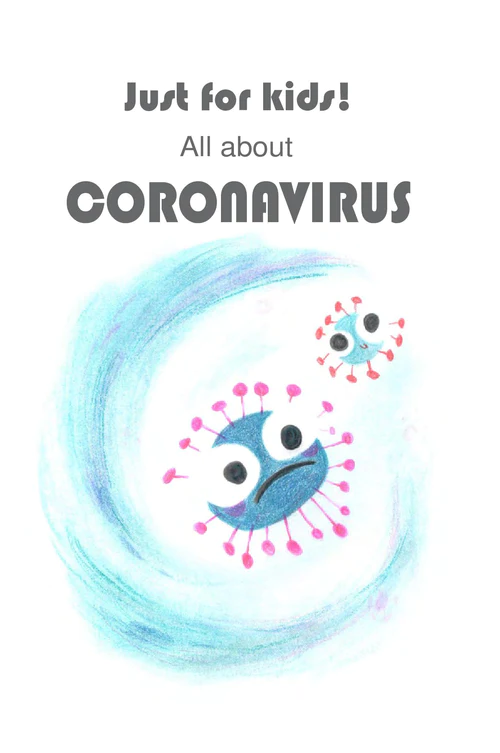The mechanism by which antibodies were formed was once one of the oldest and most perplexing mysteries of immunology. The properties of antibody generation, with the capacity of the immune system to generate specific antibodies against any foreign challenge – even artificial compounds which had never previously existed – defied the known laws of genetics.
Three major models of antibody production were proposed before the correct model was derived. The first was the “side-chain” hypothesis put forward by Ehrlich in 1900, in which antibodies were essentially a side-product of a normal cellular process (Ehrlich 1900). Rather than a specific class of proteins, antibodies were just normal cell-surface proteins that bound their antigen merely by chance, and the elevated production in the serum after immunisation was simply due to the bound proteins being released by the cell so that a functional, non-bound, protein could take its place. In this model antibodies “represent nothing more than the side-chains reproduced in excess during regeneration and are therefore pushed off from the protoplasm”.

Figure 1. The “side-chain” hypothesis of antibody formation. Under the side-chain hypothesis, antibodies were normal cell-surface molecules that by chance bound antigens (step 1). The binding of antigen disrupted the normal function of the protein so the antigen-antibody complex was shed (step 2), and the cell responded by replacing the absent protein (step 3). Notably, this model explained the large generation of specific antibodies after immunisation, as surface proteins without specificity would stay bound to the cell surface and not require additional production. The model also allowed a single cell to generate antibodies of multiple specificities.
The “side-chain” model was replaced by the “direct template” hypothesis by Haurowitz in 1930. Under this alternative scenario, antibodies were a distinct class of proteins but with no fixed structure. The antibody-forming cell would take in antigen and use it as a mould on which to cast the structure of the antibody (Breinl and Haurowitz 1930). The resulting fixed-structure protein would then be secreted as an antigen-specific antibody, and the antigen reused to create more antibody. In preference to the “side-chain” hypothesis, the “direct template” hypothesis explained the enormous potential range of antibody specificities and the biochemical similarities between them, but it lacked any mechanism to explain immunological tolerance.

Figure 2. The “direct-template” hypothesis of antibody formation. The direct-template hypothesis postulated that antibodies were a specific class of proteins with highly malleable structure. Antibody-forming cells would take in circulating antigen (step 1) and use this antigen as a mould to modify the structure of antibody (step 2). Upon antibody “setting”, the fixed structure antibody was released into circulation and the antigen cast was reused (step 3). In this model specificity is cast by the antigen, and a single antibody-producing cell can generate multiple different specificities of antibody.
A third alternative model was put forward by Jerne in 1955 (Jerne 1955). The “natural selection” hypothesis is, in retrospect, quite similar to the “clonal selection” hypothesis, but uses the antibody, rather than the cell, as the unit of selection. In this model the healthy serum contains minute amounts of all possible antibodies. After the exposure to antigen, those antibodies which bind the antigen are taken up phagocytes, and the antibodies are then used as templates to produce more antibodies for production (the reverse of the “direct template” model). As with the “direct template” model, this hypothesis was useful in explaining many aspects of the immune response, but strikingly fails to explain immunological tolerance.

Figure 3. The “natural selection” hypothesis of antibody formation. The theoretical basis of the natural selection hypothesis is the presence in the serum, at undetectable levels, of all possible antibodies, each with a fixed specificity. When antigen is introduced it binds only those antibodies with the correct specificity (step 1), which are then internalised by phagocytes (step 2). These antibodies then act as a template for the production of identical antibodies (step 3), which are secreted (step 4). As with the clonal selection theory, this model postulated fixed specificity antibodies, however it allowed single cells to amplify antibodies of multiple specificities.
When Talmage proposed a revision with more capacity to explain allergy and autoimmunity in 1957 (Talmage 1957), Burnet immediately saw the potential to create an alternative cohesive model, the “clonal selection model” (Burnet 1957). The elegance of the 1957 Burnet model was that by maintaining the basic premise of the Jerne model (that antibody specificity exists prior to antigen exposure) and restricting the production of antibody to at most a few specificities per cell, the unit of selection becomes the cell. Critically, each cell will have “available on its surface representative reactive sites equivalent to those of the globulin they produce” (Burnet 1957). This would then allow only those cells selected by specific antigen exposure to become activated and produce secreted antibody. The advantage of moving from the antibody to the cell as the unit of selection was that concepts of natural selection could then be applied to cells, both allowing immunological tolerance (deletion of particular cells) and specific responsiveness (proliferation of particular cells). As Burnet wrote in his seminal paper, “This is simply a recognition that the expendable cells of the body can be regarded as belonging to clones which have arisen as a result of somatic mutation or conceivably other inheritable change. Each such clone will have some individual characteristic and in a special sense will be subject to an evolutionary process of selective survival within the internal environment of the cell.” (Burnet 1957)

Figure 4. The “clonal selection” hypothesis of antibody formation. Unlike the other models described, the clonal selection model limits each antibody-forming cell to a single antibody specificity, which presents the antibody on the cell surface. Under this scenario, antibody-forming cells that never encounter antigen are simply maintained in the circulation and do not produce secreted antibody (fate 1). By contrast, those cells (or “clones”) which encounter their specific antigen are expanded and start to secrete large amounts of antibody (fate 2). Critically, the clonal selection theory provides a mechanism for immunological tolerance, based on the principle that antibody-producing cells which encounter specific antigen during ontogeny would be eliminated (fate 3).
It is important to note that while the clonal selection theory rapidly gained support as explaining the key features of antibody production, for decades it remained a working model rather than a proven theory. Key support for the model had been generated in 1958 when Nossal and Lederberg demonstrated that each antibody producing cell has a single specificity (Nossal and Lederberg 1958), however a central premise of the model remained pure speculation – the manner by which sufficient diversity in specificity could be generated such that each precursor cell would be unique. “One aspect, however, should be mentioned. The theory requires at some stage in early embryonic development a genetic process for which there is no available precedent. In some way we have to picture a “randomization” of the coding responsible for part of the specification of gamma globulin molecules” (Burnet 1957). Describing the different theories of antibody formation in 1968, ten years after the original hypothesis was put forward, Nossal was careful to add a postscript after his support of the clonal selection hypothesis: “Knowledge in this general area, particularly insights gained from structural analysis, are advancing so rapidly that any statement of view is bound to be out-of-date by the time this book is printed. As this knowledge accumulates, it will favour some theories, but also show up their rough edges. No doubt our idea will seem as primitive to twenty-first century immunologists as Ehrlich’s and Landsteiner’s do today.” (Nossal, 1969).
It was not until the research of Tonegawa, Hood and Leder that the genetic principles of antibody gene rearrangement were discovered (Barstad et al. 1974; Hozumi and Tonegawa 1976; Seidman et al. 1979), rewriting the laws of genetics that one gene encoded one protein, and a mechanism was found for the most fragile of Burnet’s original axioms. The Burnet hypothesis, more than 50 years old and still the central tenant of the adaptive immune system, remains one of the best examples in immunology of the power of a good hypothesis to drive innovative experiments.
References
Barstad et al. (1974). "Mouse immunoglobulin heavy chains are coded by multiple germ line variable region genes." Proc Natl Acad Sci U S A 71(10): 4096-100.
Breinl and Haurowitz (1930). "Chemische Untersuchung des Prazipitates aus Hamoglobin and Anti-Hamoglobin-Serum and Bemerkungen ber die Natur der Antikorper." Z Phyisiol Chem 192: 45-55.
Burnet (1957). "A modification of Jerne's theory of antibody production using the concept of clonal selection." Australian Journal of Science 20: 67-69.
Ehrlich (1900). "On immunity with special reference to cell life." Proc R Soc Lond 66: 424-448.
Hozumi and Tonegawa (1976). "Evidence for somatic rearrangement of immunoglobulin genes coding for variable and constant regions." Proc Natl Acad Sci U S A 73(10): 3628-32.
Jerne (1955). "The Natural-Selection Theory of Antibody Formation." Proc Natl Acad Sci U S A 41(11): 849-57.
Nossal and Lederberg (1958). "Antibody production by single cells." Nature 181(4620): 1419-20.
Nossal (1969). Antibodies and immunity.
Seidman et al. (1979). "A kappa-immunoglobulin gene is formed by site-specific recombination without further somatic mutation." Nature 280(5721): 370-5.
Talmage. (1957). "Allergy and immunology." Annu Rev Med 8: 239-56.
 Friday, January 20, 2012 at 11:31AM
Friday, January 20, 2012 at 11:31AM  evolution,
evolution,  genetics,
genetics,  immunology
immunology 




